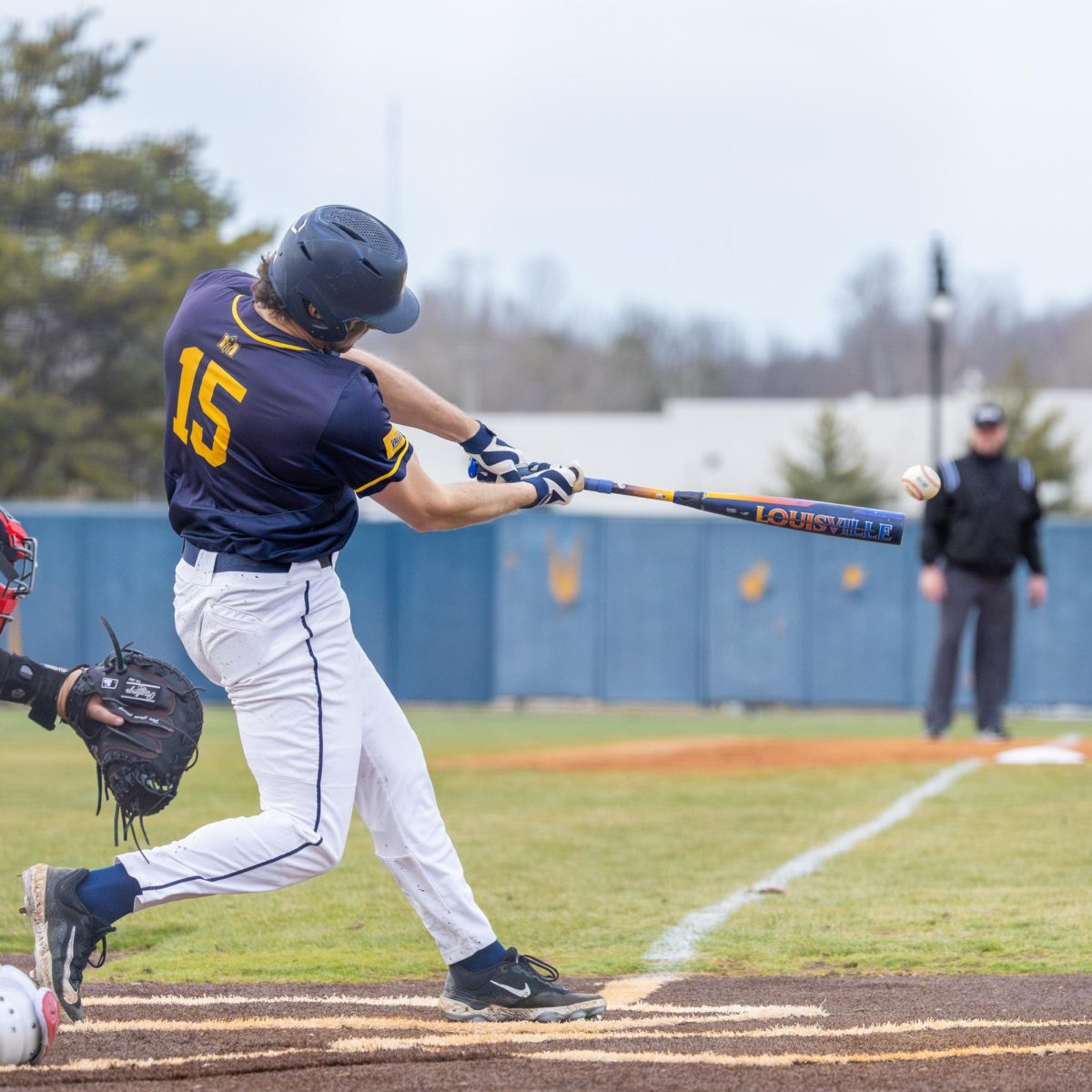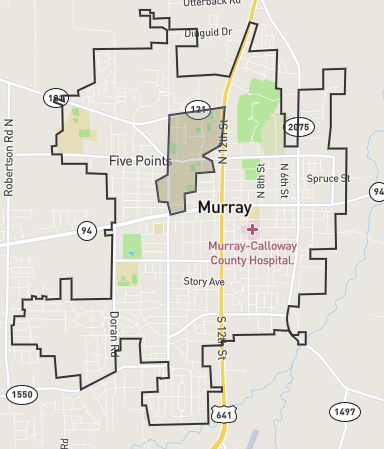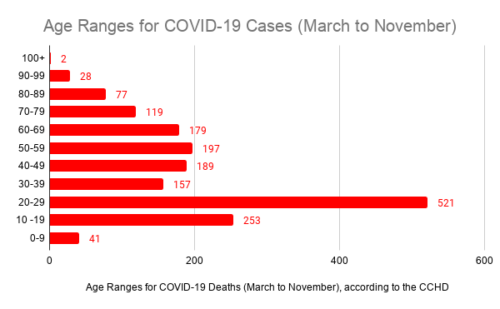Lanna Demers was 7 years old when she was diagnosed with Type 1 diabetes, also known as juvenile diabetes. She was in second grade at the time, and said she did not understand what diabetes was.
“It was kind of weird,” Demers said. “I didn’t really know anyone else with diabetes. It was still kind of a new thing. Everyone thought it was cool because anytime my blood sugar got low, I got to eat.”
Elementary school was not a challenge except explaining to her classmates what diabetes was.
“Most kids had no idea what it was,” Demers said. “They just knew it was something their grandma had. Explaining the differences between Type 1 and Type 2 proved to be a challenge, especially since it was to elementary-aged kids.”
Demers, graduate student from Medina, Ohio, said now that she is in college, dealing with her diabetes has become easier.
“Some days I still forget to the check my blood pressure because my parents aren’t checking on me like they were when I was in elementary school,” Demers said.

Lanna Demers, graduate student from Medina, Ohio, prepares to take an insulin shot for Type 1 diabetes.
She said she still doesn’t know of many college-aged students who have diabetes.
“A lot of people still don’t understand that if you take insulin you can eat whatever you want,” Demers said. “They are still stuck with the old idea that you can only eat vegetables.”
Approximately one out every 400 people under the age of 20 has diabetes.
“Dealing with diabetes in college is a little more difficult,” Demers said. “Because when you start drinking, it’s different when you first figure out mixed drinks and beer have a lot of carbs and you’ll wake up the next morning and your blood sugar will be 250.”
The average range for healthy blood sugar is 80-140, according to the American Diabetes Association.
Demers said taking shots or drinking rum and coke brings blood sugar down dramatically.
“You have to be prepared as a diabetic if you’re going to drink,” Demers said.
The reason diabetics take insulin is because it helps regulate their blood sugar. Insulin is a hormone produced by the pancreas that helps regulate the amount of glucose in the blood.
According to the American Diabetes Association, nearly 26 million children and adults in the U.S. have diabetes and another 79 million Americans have prediabetes and are at risk for developing Type 2 diabetes.
Recent estimates project as many as one in three American adults will have diabetes in 2050. Other findings included two out of three people with diabetes die from heart disease or stroke; diabetes is the leading cause of kidney failure and diabetes is the leading cause of new cases of blindness among adults.
The American Diabetes Association estimates the total national cost of diagnosed diabetes in the U.S. is $245 billion.
“You don’t have a parent standing over your shoulder asking you checked your blood sugar or if you took your insulin,” Demers said. “You have to be responsible.”
Story by Meghann Anderson, News Editor






































































































